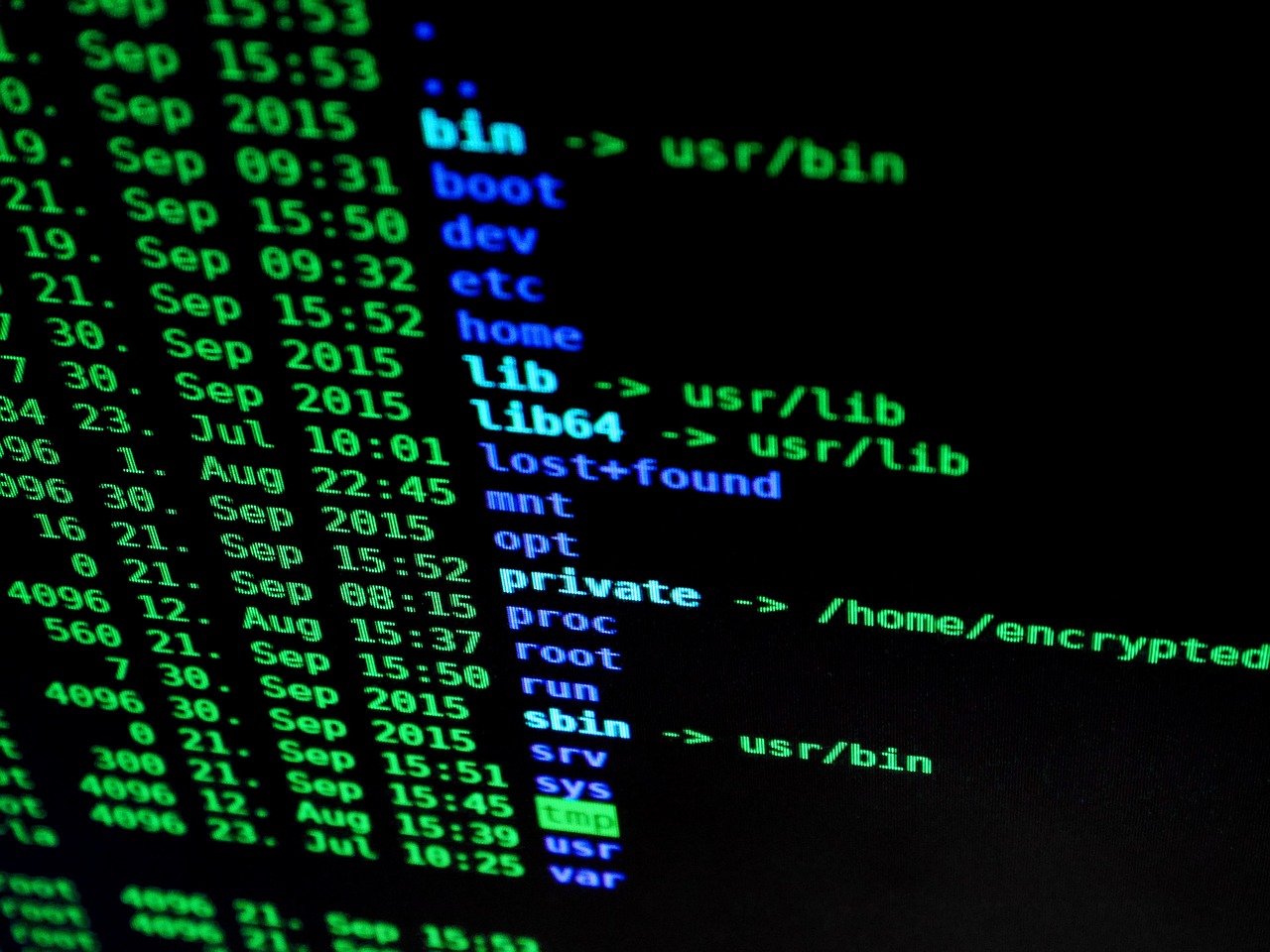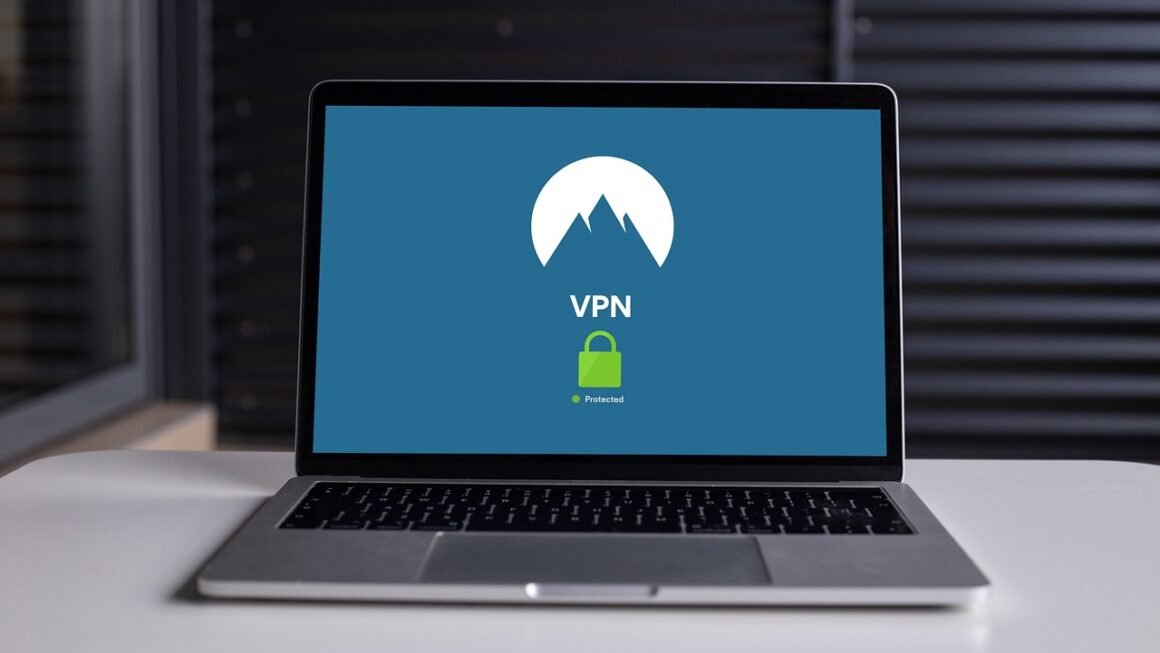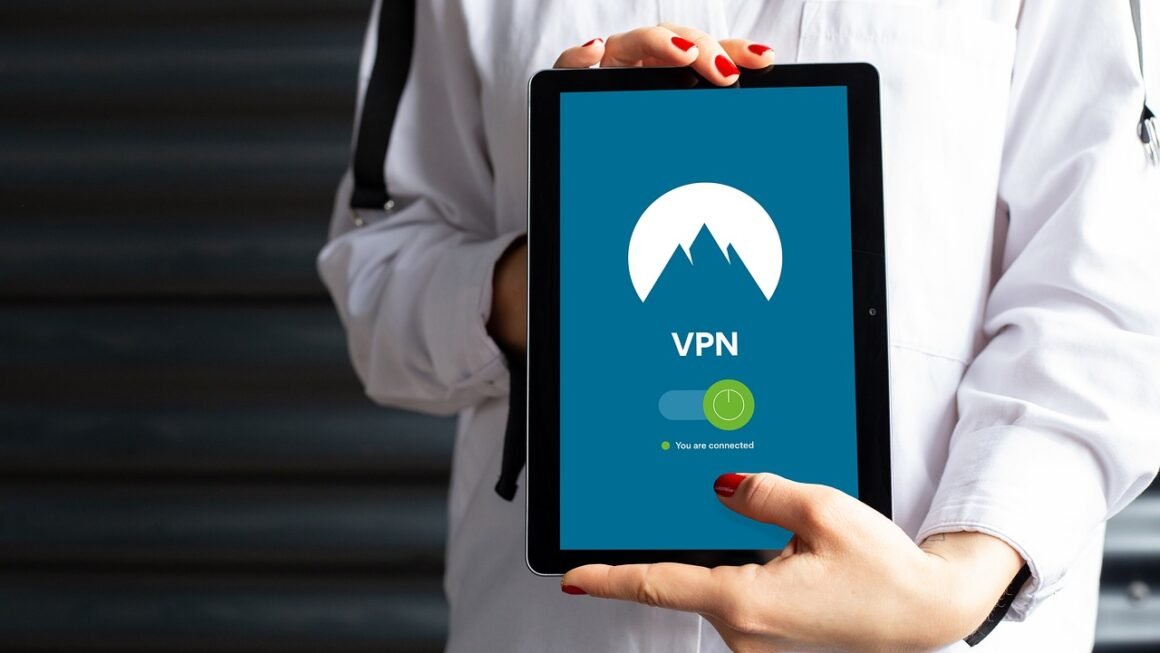Malware, a portmanteau of “malicious software,” is a pervasive threat in today’s digital landscape. From slowing down your computer to stealing sensitive data, the impact of malware can range from minor inconveniences to devastating financial losses. Understanding what malware is, how it works, and how to protect yourself is crucial for anyone who uses a computer or connects to the internet. This comprehensive guide will delve into the various facets of malware, equipping you with the knowledge you need to stay safe online.
What is Malware?
Definition and Scope
Malware is any software intentionally designed to cause damage to a computer, server, client, or computer network. This encompasses a wide variety of malicious programs, each with its own unique methods and objectives. Essentially, if software performs actions you didn’t authorize and that are harmful, it’s likely malware.
- Malware is a broad term covering many types of threats.
- The intent behind malware is always malicious.
- Malware can target individuals, businesses, and governments.
Types of Malware
The world of malware is diverse and constantly evolving, with new types emerging regularly. Here are some of the most common types:
- Viruses: These attach themselves to executable files and spread when the infected file is executed. They often replicate themselves, further infecting other files.
Example: A virus might attach to a Microsoft Word document and infect other documents when opened.
- Worms: Unlike viruses, worms are self-replicating and don’t require a host file. They can spread across networks autonomously, exploiting vulnerabilities in operating systems and applications.
Example: The WannaCry ransomware worm spread rapidly through networks by exploiting a vulnerability in older versions of Windows.
- Trojans: These disguise themselves as legitimate software. Once installed, they can perform malicious actions in the background, such as stealing data or opening a backdoor for remote access.
Example: A fake Adobe Flash Player update that installs a Trojan instead of the real update.
- Ransomware: This type of malware encrypts a victim’s files and demands a ransom payment in exchange for the decryption key.
Example: The Locky ransomware encrypts files and demands payment in Bitcoin.
- Spyware: This secretly monitors a user’s computer activity, collecting information such as passwords, browsing history, and keystrokes.
Example: A keylogger that records everything you type, including usernames and passwords.
- Adware: This displays unwanted advertisements, often in the form of pop-ups or banners. While generally less harmful than other types of malware, it can be annoying and can sometimes lead to more serious infections.
Example: Software that injects advertisements into web pages you visit.
- Rootkits: These are designed to hide the presence of other malware on a system, making them difficult to detect and remove.
Example: A rootkit that hides a Trojan from antivirus software.
- Keyloggers: Record every keystroke made by the user, potentially capturing passwords, credit card numbers, and other sensitive information.
How Malware Works
Infection Methods
Malware can infiltrate your system through various channels:
- Email Attachments: Infected attachments are a common delivery method.
Example: A fake invoice or shipping notification with a malicious attachment.
- Malicious Websites: Visiting compromised or malicious websites can lead to drive-by downloads, where malware is installed without your knowledge.
Example: A website that exploits a browser vulnerability to install malware.
- Software Vulnerabilities: Exploiting security flaws in software or operating systems.
Example: Using an outdated version of Adobe Reader with known vulnerabilities.
- Social Engineering: Tricking users into installing malware through deception.
Example: A phishing email that tricks you into downloading a malicious file.
- Removable Media: Infected USB drives or other storage devices.
Example: Plugging an infected USB drive into your computer.
- Peer-to-Peer (P2P) File Sharing: Downloading files from untrusted sources.
Example: Downloading pirated software that contains malware.
Execution and Impact
Once malware gains access to a system, it can perform a variety of malicious actions, depending on its type and purpose:
- Data Theft: Stealing sensitive information such as passwords, credit card numbers, and personal data.
Example: A spyware program that steals login credentials for online banking.
- System Damage: Corrupting files, crashing the operating system, or rendering the computer unusable.
Example: A virus that overwrites critical system files.
- Financial Loss: Through ransomware attacks, fraudulent transactions, or identity theft.
Example: A ransomware attack that encrypts all of a company’s files and demands a ransom payment.
- Denial of Service (DoS): Flooding a network or server with traffic to make it unavailable to legitimate users.
Example: A botnet used to launch a DDoS attack against a website.
- Spreading to Other Systems: Using the infected computer as a launching pad to infect other devices on the network or the internet.
Example: A worm that spreads through a network by exploiting vulnerabilities in other computers.
Protecting Yourself from Malware
Best Practices for Prevention
Prevention is always better than cure when it comes to malware. Here are some key steps you can take to protect yourself:
- Install and Maintain Antivirus Software: A reliable antivirus program is your first line of defense against malware. Ensure it is always up-to-date with the latest virus definitions.
Example: Popular antivirus solutions include Norton, McAfee, Bitdefender, and Windows Defender.
- Keep Your Software Up-to-Date: Software updates often include security patches that fix vulnerabilities that malware can exploit.
Example: Enable automatic updates for your operating system, web browser, and other software.
- Be Cautious of Email Attachments and Links: Never open attachments or click on links from unknown or suspicious senders.
Example: Verify the sender’s identity before opening any attachments.
- Use Strong Passwords: Use strong, unique passwords for all your online accounts and change them regularly. Consider using a password manager.
Example: A strong password should be at least 12 characters long and include a mix of uppercase and lowercase letters, numbers, and symbols.
- Be Wary of Suspicious Websites: Avoid visiting websites that look suspicious or that you are not familiar with.
Example: Look for the “HTTPS” in the website’s address bar, indicating a secure connection.
- Use a Firewall: A firewall helps to block unauthorized access to your computer or network.
Example: Enable the built-in firewall in your operating system.
- Back Up Your Data Regularly: Backing up your data regularly can help you recover from a malware attack without losing important files.
Example: Use an external hard drive or a cloud-based backup service.
- Enable Two-Factor Authentication (2FA): Adding an extra layer of security to your accounts.
Malware Removal and Recovery
If you suspect that your computer has been infected with malware, take the following steps:
- Disconnect from the Internet: This will prevent the malware from spreading to other devices or communicating with its command and control server.
- Run a Full System Scan with Your Antivirus Software: This will help to detect and remove any malware on your system.
- Use a Malware Removal Tool: If your antivirus software is unable to remove the malware, you may need to use a specialized malware removal tool.
Example: Malwarebytes, AdwCleaner, and HitmanPro.
- Restore from a Backup: If you have a recent backup of your data, you can restore your system to a clean state.
- Reinstall Your Operating System: In severe cases, you may need to reinstall your operating system to completely remove the malware.
- Change Your Passwords: After removing the malware, change all of your passwords to prevent further compromise.
The Future of Malware
Emerging Threats
The landscape of malware is constantly evolving, with new threats emerging all the time. Some of the emerging trends include:
- Mobile Malware: Malware targeting smartphones and tablets is on the rise.
Example: Android malware that steals data or installs unwanted apps.
- IoT Malware: Malware targeting Internet of Things (IoT) devices, such as smart TVs, security cameras, and appliances.
Example: Mirai botnet, which infected IoT devices and used them to launch DDoS attacks.
- Fileless Malware: Malware that resides in memory and does not write files to disk, making it more difficult to detect.
Example:* PowerShell-based malware.
- AI-Powered Malware: Malware that uses artificial intelligence to evade detection and adapt to defenses.
Staying Ahead of the Curve
To stay ahead of the ever-evolving malware threat, it is important to:
- Stay Informed: Keep up-to-date on the latest malware trends and security threats.
- Educate Yourself: Learn about different types of malware and how they work.
- Practice Good Security Habits: Follow the best practices for prevention outlined above.
- Invest in Security Solutions: Use a combination of security tools and services to protect your systems.
Conclusion
Malware poses a significant threat to individuals, businesses, and organizations worldwide. By understanding the different types of malware, how they work, and how to protect yourself, you can significantly reduce your risk of infection. Staying vigilant, practicing good security habits, and investing in appropriate security solutions are essential for staying safe in the digital age. Remember to regularly update your software, be cautious of suspicious emails and websites, and back up your data to ensure you’re prepared for any potential malware threats.



